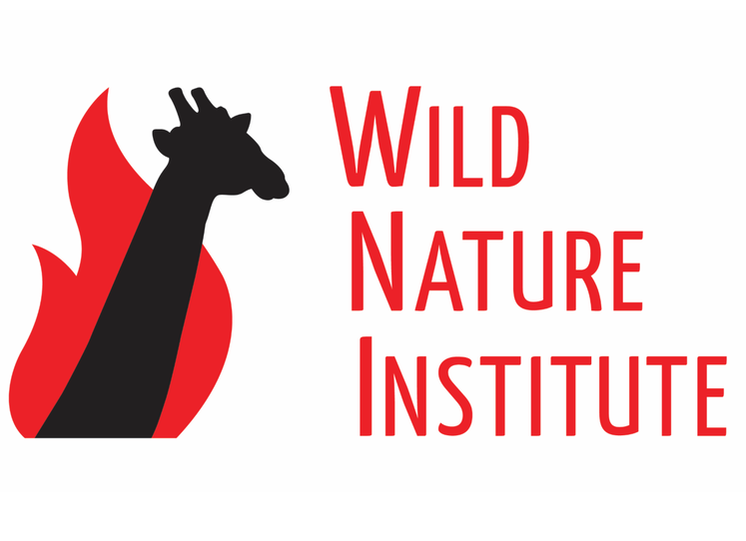|
If you love these giraffes, please consider making a donation to support our conservation work!
0 Comments
For this blog entry, we diverge from the savannas of northern Tanzania and the burned forests of the western US to take you to the coral reefs of the Western Indian Ocean - specifically, the magical islands of Zanzibar located 25-50 kilometers off the eastern coast of mainland Tanzania. 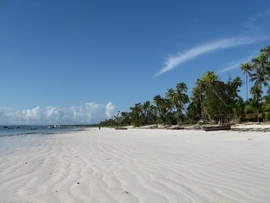 Zanzibar is world-famous for its exotic spices, intriguing history, and stunning white-sand beaches. But one of the most fascinating aspects about the island is what lies hidden beneath the gentle waves that lap her shore. Mangrove forests fringing the island act as a nursery for fish. Seagrass beds and lush coral gardens teem with tropical fish, and in deeper waters larger species such as barracuda, kingfish, tuna, and wahoo hunt together with Napoleonic wrasse, manta rays, sharks, and dolphins. These reefs support literally hundreds of species of hard and soft corals and fish as well as sea turtles, crustaceans, and marine mammals. The coral reefs that surround Zanzibar are in generally good condition but are showing some troubling signs of stresses similar to other reefs in the Western Indian Ocean. These stresses include overexploitation, destructive activities (fishing and anchor damage), and pollution. An additional threat includes the spread of a predator known as the Crown-of-Thorns sea star (click here for more information). We recently visited Chumbe Island Coral Park and Mnemba Marine Park. Enjoy a short underwater video and some photographs we took of these incredible reefs. Complex early seral forests (CESFs or Snag Forests) are created by high-intensity fire or bark beetles. They occur when most of the live trees in a stand are killed, leaving behind an area of dead trees (called snags) and a carpet of downed logs, flowers, shrubs, and small saplings. Many people believe fire and bark beetles "destroy" forests, but in fact they create a new and different kind of forest which is critical habitat for a variety of species, from woodpeckers to bluebirds to bats because they offer an abundance of food and shelter. Despite the importance of Snag Forests, there is currently no inventory of these habitats in the Sierra Nevada, and this vegetation type is not recognized in any habitat classification system. Below is a new white paper spearheaded by Dr. Dominick DellaSala of the Geos Institute, and co-authored by Wild Nature Institute's Monica Bond and other colleagues, that calls for a full inventory of Snag Forests and regulatory protections for these habitats during upcoming forest management planning in the Sierra Nevada, to ensure a future for the many different plants and animals that depend upon them. One of our great pleasures is bird-watching, and the Tarangire Ecosystem is one of the best in the world for viewing our avian brethren. With over 550 different species in Tarangire National Park, bird lovers are rarely disappointed here. The wet season marks the breeding season for numerous species, and the associated magnificent plumage and displays from males seeking a mate. From the bright colors of the Southern Red Bishop and the long tail of the Acacia Paradise Wydah to the extraordinary display of the Kori Bustard, these males make every effort to impress females with their health and vigor. Below are photos of some hard-working fellas we spotted during our ungulate surveys!
There is trouble along one of the last great migration corridors in Tanzania. This travel corridor connects the wet and dry season habitats for wildebeest and zebra and is absolutely necessary for the survival of these keystone species. Wild Nature Institute is working to protect this corridor by promoting land use planning to preserve habitat as well as establishing anti-poaching patrols along the corridor. Enjoy this video featuring our partner, Robert Godson Mollel. We just returned from 4 days in the field, helping to count and collect identification photographs of resident Eastern White-bearded Wildebeests (also known as "gnus") on the plains around Lake Manyara. Like giraffes, wildebeests have unique fur patterns which enable scientists to identify individuals and determine adult survival and reproduction. While giraffes have a spot pattern, wildebeests have stripes. A computer program called WildID developed at Dartmouth College is used to match the photographs (it would take a very long time for a human to match the thousands of photographs from these surveys). The ultimate goal of this demographic research is to estimate population size, determine population trends, and assess where wildebeests and doing well and where they are not doing well - and why. While there is a small resident population around Lake Manyara, most wildebeests are highly migratory, moving from the Tarangire River during the dry season to the fertile grasslands outside the National Parks where they spend the wet seasons. In fact, the Tarangire-Manyara-Natron Ecosystem once hosted the second-largest migratory population of wildebeests after the Serengeti. Aerial surveys conducted by the Tanzanian Wildlife Research Institute (TAWIRI) over the past several decades revealed troubling news for the gnus in this region -- numbers plummeted from approximately 40,000 animals in 1988 to just 6,000 in 2001. Much of the problem stems from the loss of up to 10 migratory corridors (only 2 remain) and excessive bushmeat poaching along the remaining migration routes. The Wild Nature Institute has been promoting land-use planning and anti-poaching patrols to preserve the Northern Plains migratory corridor - which in the future may be the only remaining viable migratory corridor not only for wildebeests but for zebras, gazelles, elands, and oryx. Time is of the essence. We thank all of our donors for helping us to ensure a future for Eastern White-bearded Wildebeests and other hoofed mammals of the magnificent Tarangire Ecosystem.
|
Science News and Updates From the Field from Wild Nature Institute.
All Photos on This Blog are Available as Frame-worthy Prints to Thank Our Generous Donors.
Email Us for Details of this Offer. Archives
July 2024
|
|
Mailing Address:
Wild Nature Institute PO Box 44 Weaverville, NC 28787 Phone: +1 415 763 0348 Email: [email protected] |
|

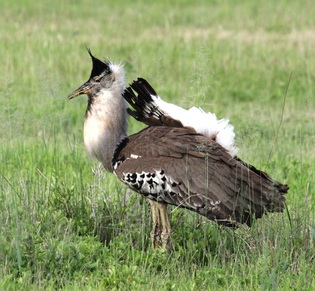
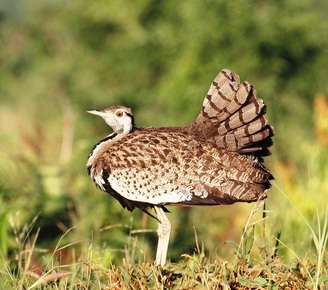
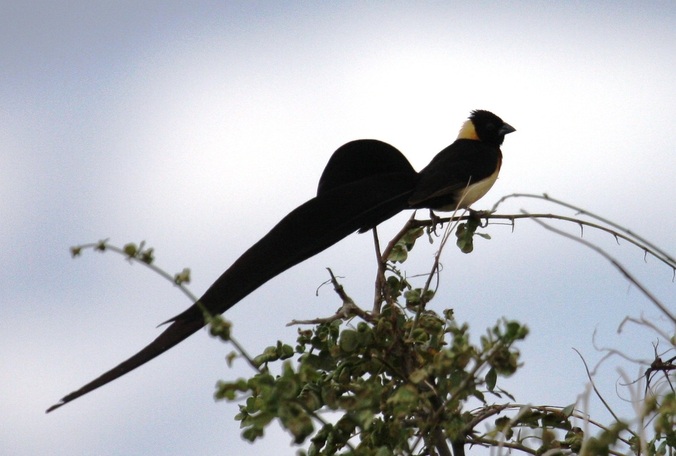
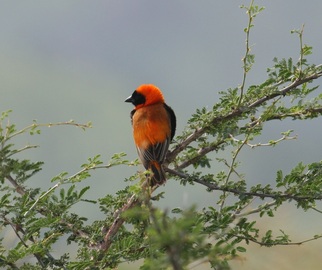
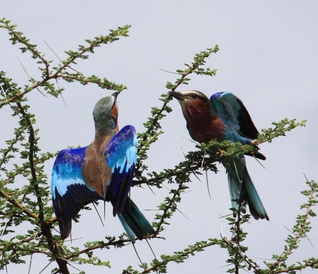
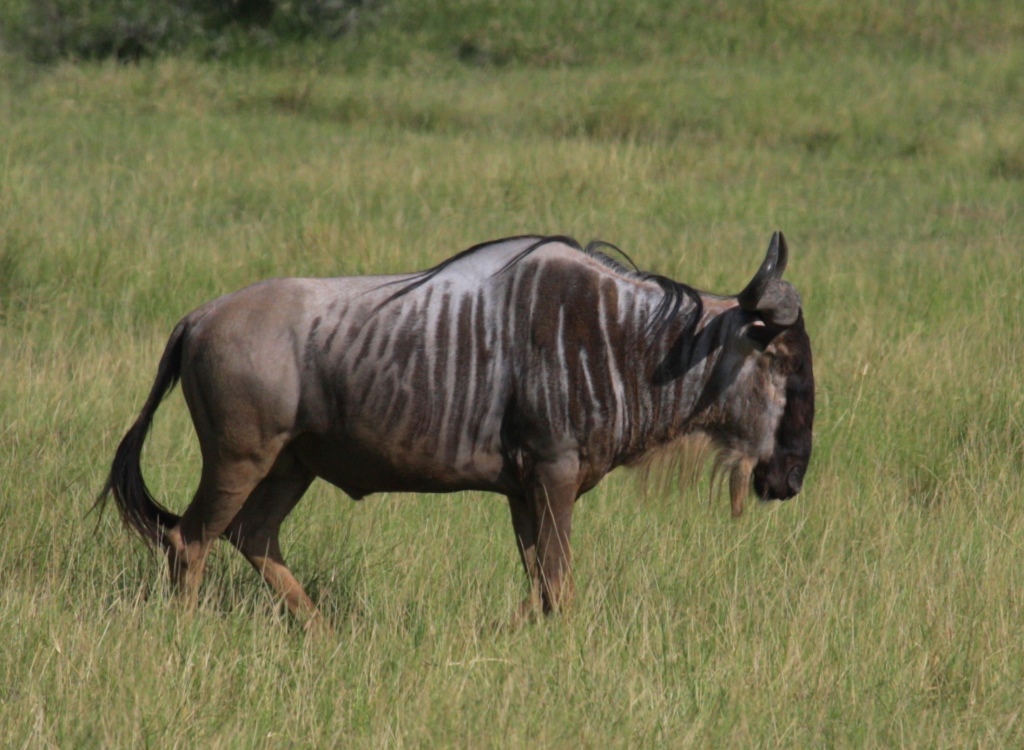
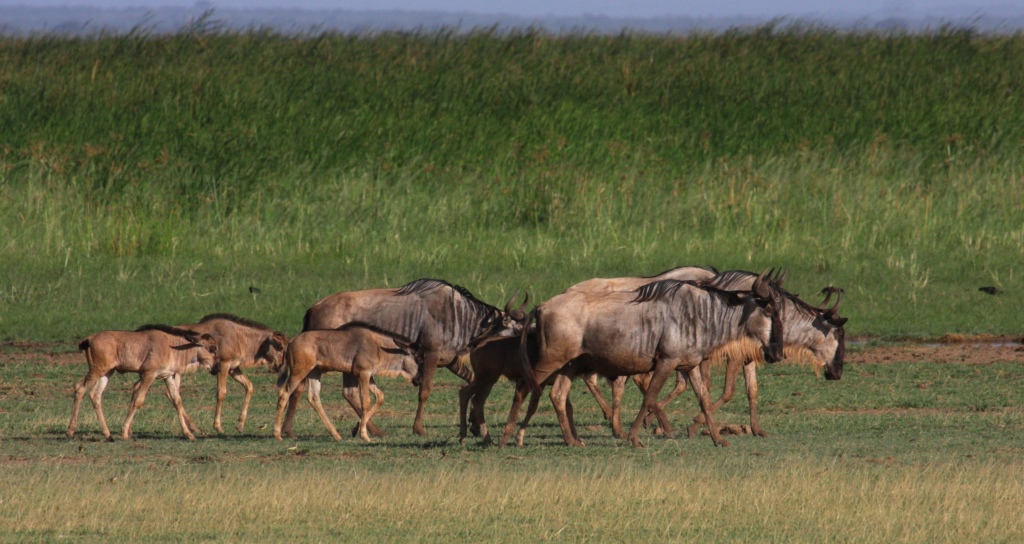
 RSS Feed
RSS Feed
